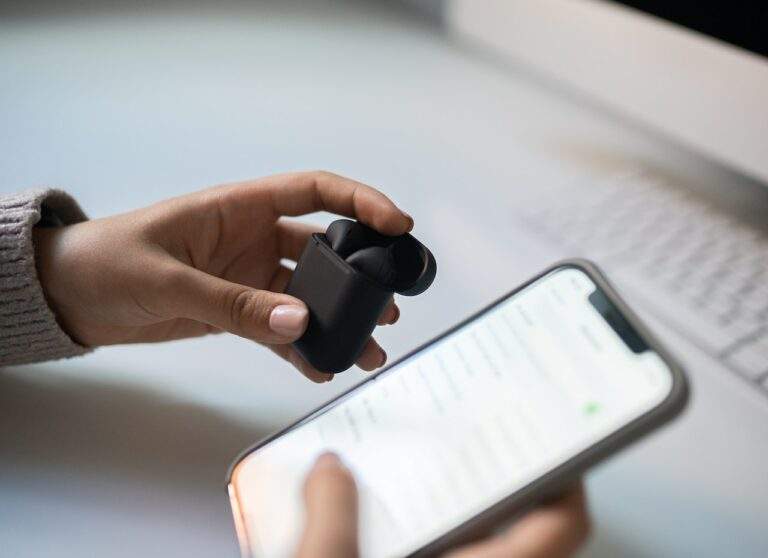
5 Applications for Voice API
As a professional in the tech industry, it’s exciting to see how Voice API has transformed communication. This tech has become increasingly popular, and it’s easy to see why. Voice API has become an essential tool for businesses. There are a wealth of applications for this technology, but 5 ways, in particular, are most beneficial for businesses.
Introduction to Voice API
Voice API (Application Programming Interface) is a tool that allows developers to add voice capabilities to their applications. Doing this provides an interface that allows users to interact with an application using their voice. Voice API has become increasingly popular due to the increasing demand for voice-activated devices, such as Amazon Alexa and Google Home. These devices have made voice-activated technology more mainstream.
5 Ways to Use Voice API for Business
1. Customer Service
One of the most significant benefits of Voice API is its ability to improve customer service. With the help of Voice API, businesses can create a voice-activated customer service system that can answer customer queries and provide personalized solutions. This system can be integrated with existing customer service infrastructure to provide a seamless experience.
Voice-activated customer service systems can be programmed to recognize different accents and languages, making it easier for businesses to cater to a diverse customer base. By using Voice API, businesses can reduce the wait time for customers, increase their satisfaction, and save money on staffing.
2. Personal Assistant
Another way businesses can use Voice API is by creating personal assistants for their customers. Personal assistants can be programmed to provide personalized recommendations, make appointments, and even order products. This technology can be integrated with existing applications and websites to provide a seamless experience for customers.
Personal assistants can also be integrated with existing customer service infrastructure to provide a more personalized experience for customers. By using Voice API, businesses can provide a more efficient and personalized experience for their customers, increasing their satisfaction and loyalty.
3. Voice-Enabled Devices
Voice-enabled devices are becoming increasingly popular, and businesses can use Voice API to create their own voice-enabled devices. These devices can be used for a wide range of purposes, including home automation, entertainment, and education.
4. Speech Recognition Software
Another way businesses can use Voice API is by creating speech recognition software. Speech recognition software can be used for a wide range of purposes, including dictation, transcription, and speech-to-text conversion. By using Voice API, businesses can create speech recognition software that is more accurate and efficient than existing solutions. This technology can also be used to provide real-time translation services, making it easier for businesses to communicate with customers from different countries.
5. Voice Authentication
Businesses can use Voice API to create a voice authentication system. These systems can be used for a wide range of purposes, including secure login and transaction verification. By using Voice API, businesses can create voice authentication systems that are more secure and efficient than existing solutions.
Voice authentication systems can be integrated with existing security infrastructure to improve the security level of the existing system.
Conclusion
Voice API has the potential to transform the way we communicate, and businesses can use it to their advantage. By using Voice API, businesses can provide a more efficient, personalized, and secure experience for their customers. The future of Voice API is exciting, and businesses that embrace this technology will be well-positioned to succeed in the future.












